Jumping into a swimming pool is enjoyable, but knowing the appropriate depth is crucial for safety reasons.
Both deep and shallow pools pose risks, particularly for beginners.
It’s also important to understand pool maintenance, including how to vacuum an inground pool.
As a doctor reported, jumping into a shallow pool can paralyze a person’s body parts permanently; one should be very cautious.
This guide will explain the ideal pool depth for jumping and why shallow pools are not recommended.
Why Does Safe Pool Depth Matter?
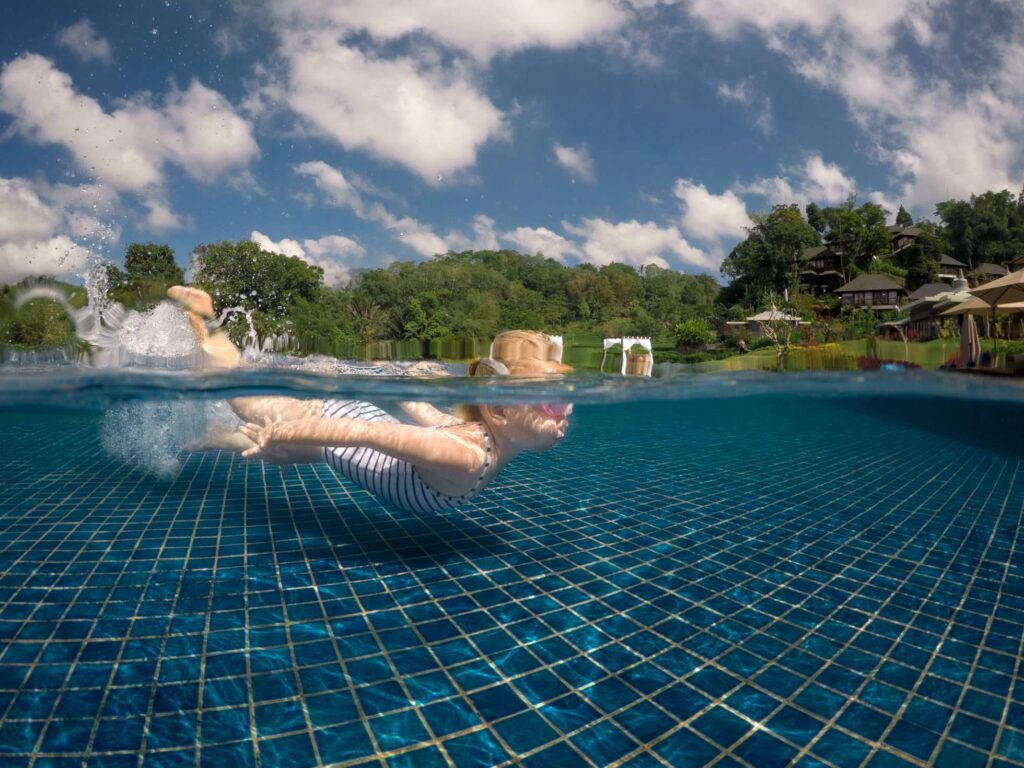
If you are wondering if measuring the depth of the pool is just overthinking, remember it is not!
Every pool is different in shape and size, and thus, its depth will differ.
So, it is very obvious that jumping into just any pool is not safe.
In addition, one cannot judge the depth of a pool by eye, so not having any signs or measures written makes it even more difficult.
Jumping into a pool that is too deep or too shallow can be dangerous, so it is essential to know the exact depth of the pool we should jump into.
What Will Happen if You Jump Into a Shallow Pool?
A shallow pool is dangerous because when you jump into it, you may reach the bottom surface faster.
If you are not prepared for the impact it will have on your body, you will hurt your feet, legs, and knee joints.
A 4-foot-deep pool is considered shallow for an adult.
This depth is perfectly fine for children to swim and jump into, but adults need a minimum of 6 feet of water to safely jump.
Pool owners or makers need to consider this fact since there are situations when people might not be thinking straight and jump into the pool while having fun.
According to the New York Department of Health, most pool accidents occur in pools whose depth is less than 6 feet.
What is the Safe & Ideal Pool Depth for Jumping?
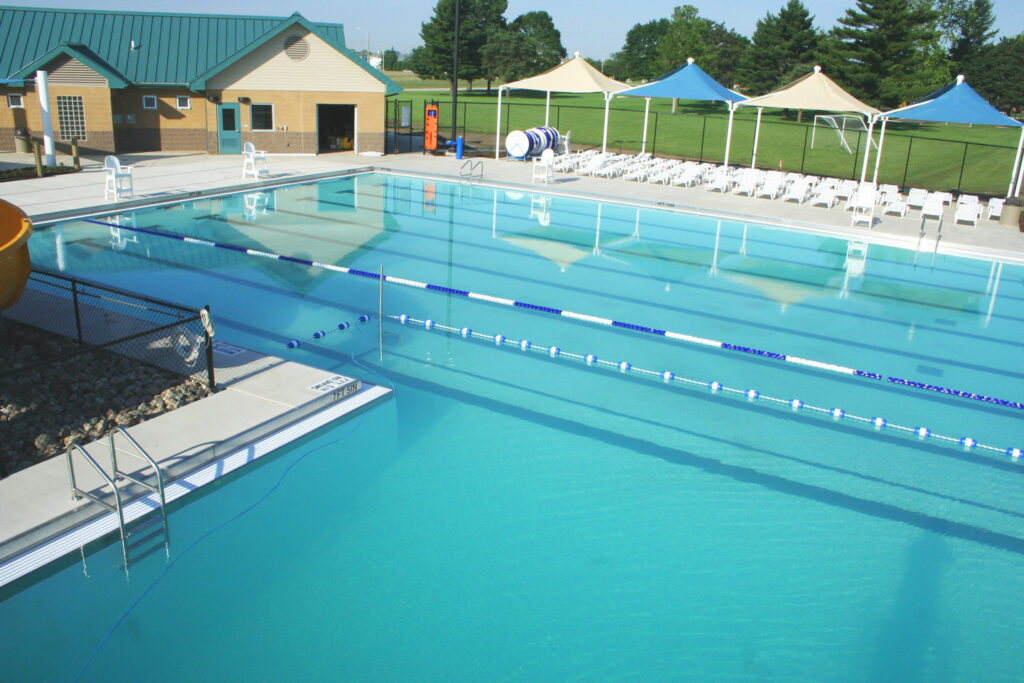
While a pool of 4 feet depth or less is ideal for children according to their height, adults need a pool of at least 6 feet depth to jump into.
While children can learn to jump into shallower depths, an instructor should sometimes supervise them.
Also, 6 feet deep works when not jumping from a high elevation. Even though this depth is okay for jumping, it isn’t the right one to dive into.
Moreover, remember that even with adequate pool depth, you will need the proper technique and skill to jump and dive safely.
A 9—to 10-foot depth is advised for diving and other advanced jumps, so be careful when choosing a pool for yourself.
Is There Any Legal Swimming Pool Depth?
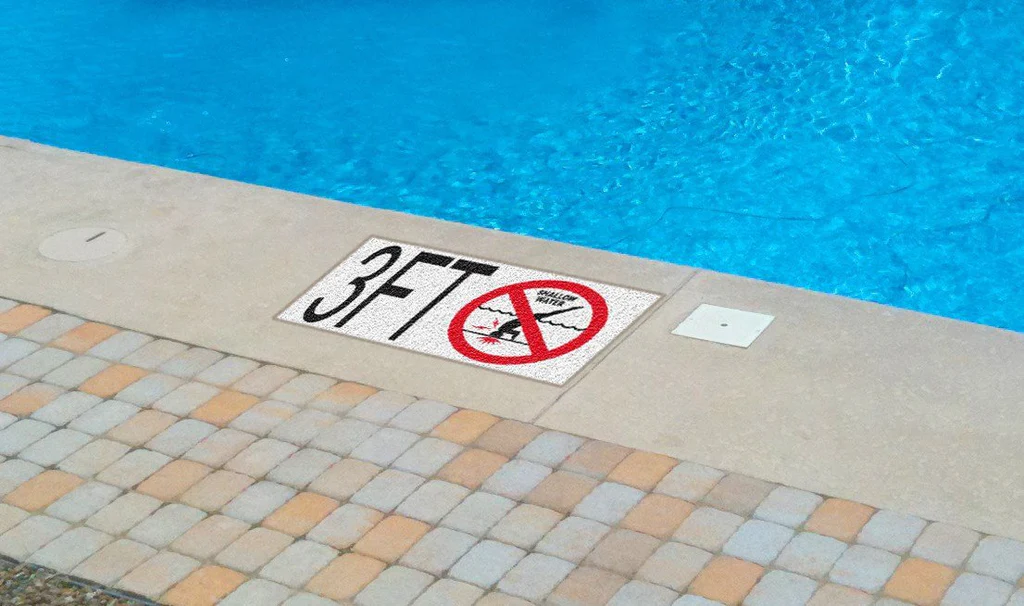
Well, there is no universal or legal swimming pool depth that one should consider. It is different from local and regional authorities.
These specific rules or suggestions are for the safety of the swimmers and pool users.
A backyard pool might have different sections like:
- A part of the pool has shallow water, which needs to be used by kids
- There will be a section that will have a mid-depth for adults to swim and stand comfortably.
- The other section will have deep water for those who want to dive or practice advanced jumps.
Conclusion
There are specific regulations that instruct pool contractors to avoid any accidents.
These guidelines are enough to understand that the water for jumping and diving should be more than 6 feet and can go up to 10 feet.
So, always rely on depth markers at the side of the pool and do not judge it just by seeing it.
Swimming pools can cause severe injuries.
Parents should be cautious and educate their children about the rules related to swimming pools from a young age.
While a 4-foot-deep pool works for kids, adults need a minimum of 6-foot-deep pools to jump into.
Whether you are looking to build a pool at your place or bracing yourself to join a public pool for fun, knowledge about these things is essential.
Frequently Asked Questions
Are There Any Long-Term Consequences of Jumping Into a Shallow Pool?
The long-term consequences of jumping into a shallow pool depend on the injury’ seriousness.
If you get spinal cord injuries, it can lead to permanent disabilities.
Thus, getting in touch with a doctor in such cases is advised.
What Should Pool Owners Do to Prevent Injuries Caused by Shallow Pools?
Pool owners are responsible for not allowing swimmers to jump into shallow pools.
They should mark pool depths and post warning signs.
Attendants should take a closer look at enforcing these measures correctly.
What Can I Do to Prevent Injuries when Jumping Into a Pool?
The best way to prevent injuries when jumping into a pool is to ensure that the pool is deep enough to jump or dive.
If there is no mention of pool depths or signs, refrain from jumping.
What Should Be Done if Someone Else Is Injured After Jumping Into a Shallow Pool?
If you find anyone injured, do not move them.
Call the ambulance for medical attention immediately.
Only if you are trained in giving first aid should you do so.

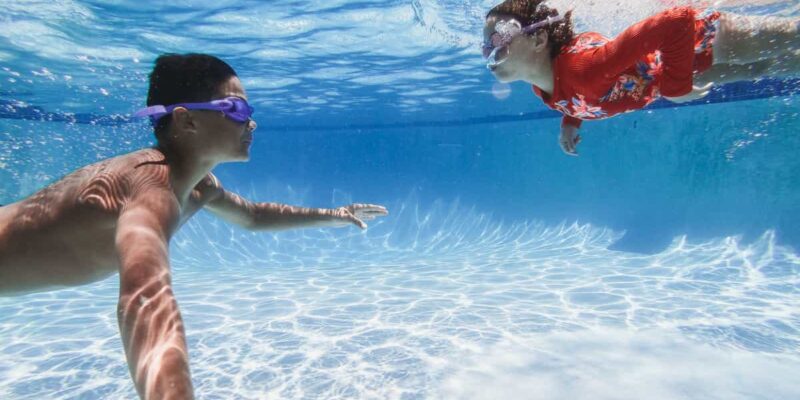





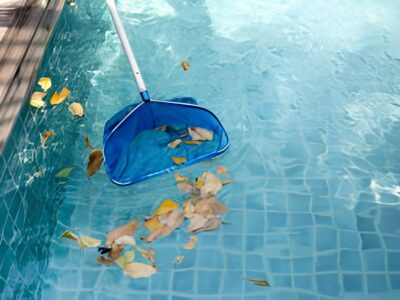
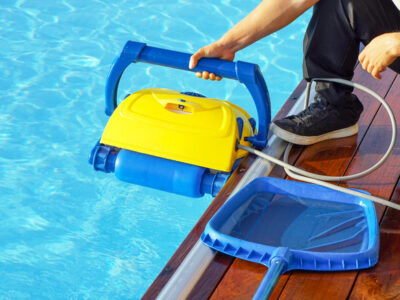

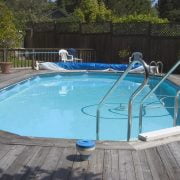


Comments